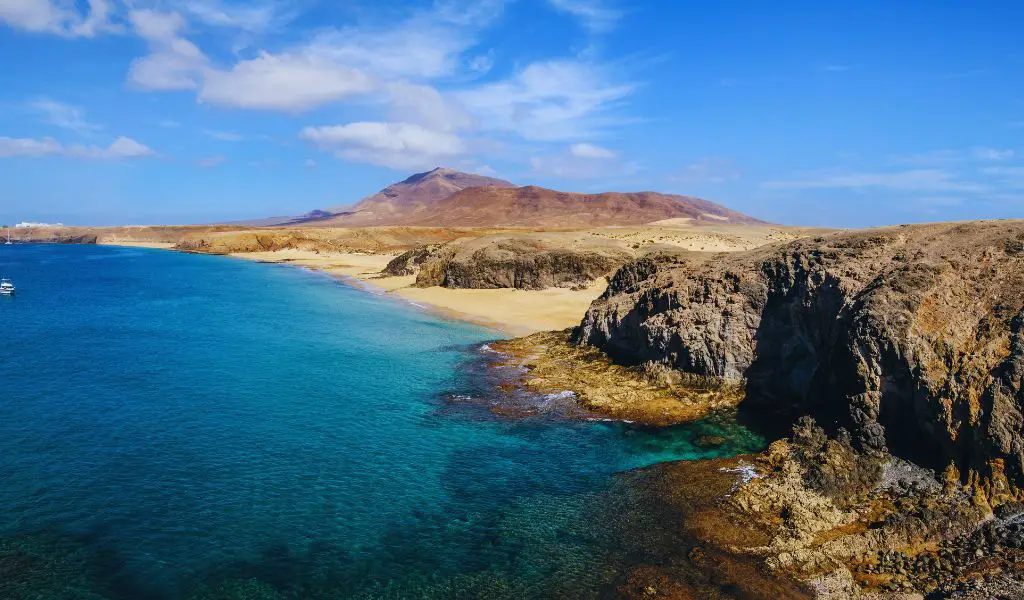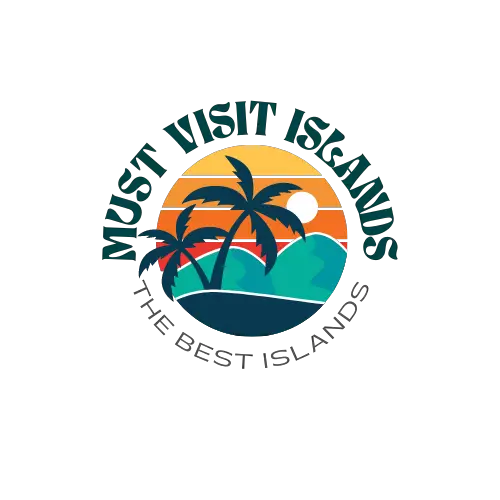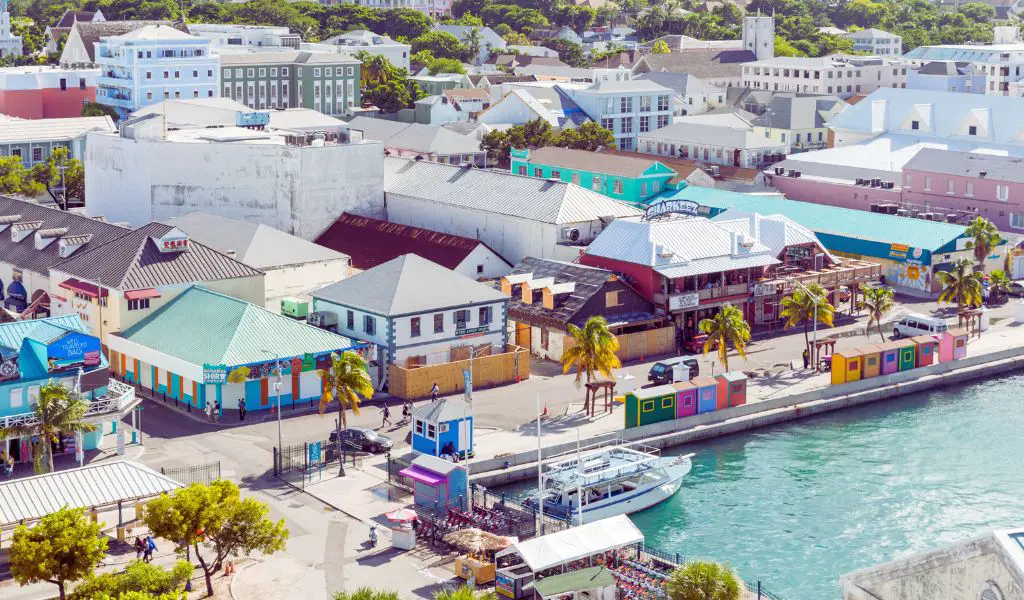Lanzarote is one of the Canary Islands, an archipelago located in the Atlantic Ocean off the coast of northwestern Africa. The island is a part of Spain and is situated approximately 125 kilometers off the African mainland. Lanzarote is the fourth largest of the Canary Islands and covers an area of about 845.9 square kilometers.
Geography
The island is known for its unique volcanic landscapes, which were formed by a series of eruptions between 1730 and 1736, as well as a smaller eruption in 1824.
These eruptions have left a lasting impact on the island’s topography, creating a surreal, moon-like surface that has become a subject of scientific studies and a magnet for tourists.
One of the most striking geographical features of Lanzarote is the Timanfaya National Park, a protected area that showcases the island’s volcanic origins.
The park is home to the Montañas del Fuego or “Fire Mountains,” and offers guided tours that allow visitors to get up close to the volcanic craters and lava fields.
Another notable natural attraction is the Cueva de los Verdes, a lava tube that extends for over six kilometers and offers guided tours through its illuminated chambers.
History
In addition to its natural wonders, Lanzarote is rich in cultural heritage.
The island was first recorded by Pliny the Elder in the first century AD but was known to Phoenicians and Romans before that.
It was conquered by the Spanish in the early 15th century and has since been a part of Spain.
The island’s architecture and art have been significantly influenced by César Manrique, a local artist and architect who advocated for sustainable development.
His works, including the Jameos del Agua and the César Manrique Foundation, are must-visit attractions that blend art and nature in a harmonious way.
Activities
Popular activities on the island include water sports like windsurfing, scuba diving, and sailing.
The consistent winds and clear waters make Lanzarote a haven for these activities.
For those interested in viticulture, the La Geria wine region offers a unique method of grape cultivation, where vines are grown in volcanic ash.
The island is also a popular destination for cycling and hiking, with numerous trails that offer varying levels of difficulty and scenic views.
Population
Lanzarote has a population of approximately 150,000 residents.
The island is multicultural, with a mix of locals and expatriates from various European countries.
The official language is Spanish, although English is widely spoken in tourist areas.
When to Go
The best time to visit Lanzarote is from May to October when the weather is warm and dry.
However, the island enjoys a mild climate year-round, making it a suitable destination for off-season travel as well.

How to Get There
The main gateway to Lanzarote is the Lanzarote Airport (Aeropuerto de Lanzarote), located near the capital city of Arrecife.
The airport serves various international and domestic flights. From the airport, you can take a taxi, bus, or rental car to reach your destination on the island.
Highlights
Timanfaya National Park: Experience the island’s volcanic landscapes.
Cueva de los Verdes: Explore the mesmerizing lava tubes.
Jameos del Agua: Visit this unique attraction designed by César Manrique.
Water Sports: Enjoy windsurfing, scuba diving, and sailing.
What You Should Know
Currency: Euro (€)
Language: Spanish (English widely spoken in tourist areas)
Emergency Number: 112
Electrical Voltage: 230V, 50Hz
Frequently Asked Questions (FAQs)
Is Lanzarote suitable for families?
Yes, Lanzarote offers a range of family-friendly activities and attractions, including beaches, water parks, and interactive museums.
Do I need a visa to visit Lanzarote?
As Lanzarote is a part of Spain, EU citizens do not require a visa. Visitors from other countries may need a Schengen visa. Check the latest visa requirements before planning your trip.
Is tap water safe to drink?
It is generally recommended to drink bottled water in Lanzarote, as the tap water may not be suitable for drinking.




